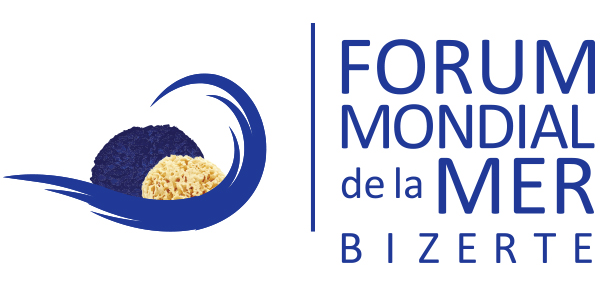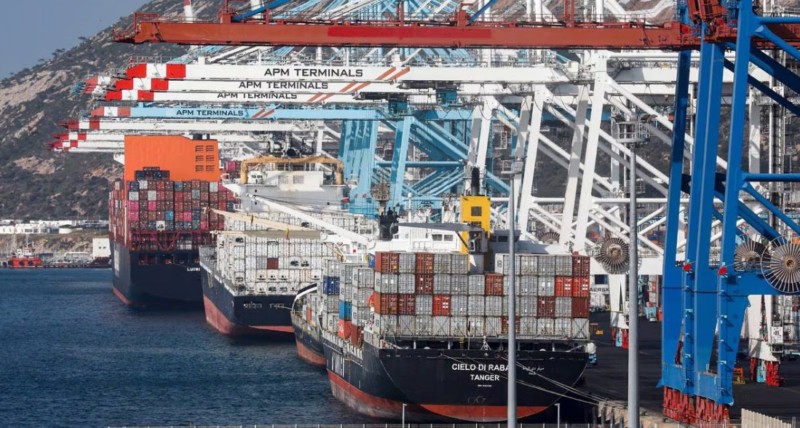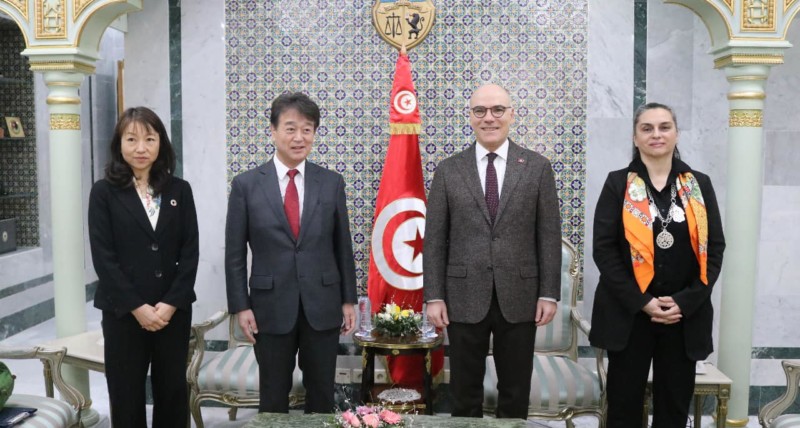Moroni, June 25, 2025 — The Comorian economy is showing signs of recovery, surpassing pre-COVID-19 levels. Growth rose from 3% in 2023 to 3.4% in 2024, driven by increased household consumption. This momentum is largely explained by a 5.4% increase in remittances and the strong performance of the services sector. Annual average inflation slowed from 8.5% to 5.0% in 2024, thanks to the stabilization of global commodity prices and lower inflation in the eurozone. By 2027, growth could reach 4%, supported by consumption and planned investments. However, poverty is expected to decline only slightly due to modest GDP growth, high inequality, and limited social protection. In 2024, the poverty rate is estimated at 38.1% (based on the lower-middle-income poverty line of $3.65 per day) and is projected to decline slightly to 37.2% in 2025.
“Persistent poverty and high inequality in the Comoros reflect deep regional disparities and structural challenges. Low labor market participation, underemployment, and limited access to quality education continue to hamper productivity and income,” said Boubacar-Sid Barry, World Bank Resident Representative in the Comoros. “While remittances offer valuable short-term support, they cannot substitute for a strong and self-sustaining economy. Without bold reforms, poverty could deepen. The World Bank remains fully committed to supporting the Comoros in achieving more inclusive and sustainable growth.”
This edition of the World Bank’s Comoros Economic Update, titled An Ocean of Opportunities – The Blue Economy as an Engine for Sustainable Growth, stresses that without structural reforms to remove investment barriers and enhance international competitiveness, the country’s economic growth will remain fragile. This would limit job creation and income growth, hindering poverty reduction and the capacity to withstand future shocks.
The report also warns of significant risks. The country remains highly exposed to climate-related disasters, while fiscal pressures, contingent liabilities from state-owned enterprises, and weaknesses in the banking sector increase macroeconomic vulnerabilities. The current account deficit is expected to widen in the medium term due to persistent trade imbalances and growing infrastructure-related imports. Diversifying exports, strengthening foreign reserves, and adopting sustainable financing strategies will therefore be essential.
The economic update highlights the blue economy as a major opportunity for more inclusive and sustainable growth. With targeted reforms and strategic investments, the Comoros could aim to reach upper-middle-income status by 2050, provided it maintains an average annual GDP growth of 6.1%. The fisheries sector has already shown strong performance, accounting for an average of 11.4% of GDP between 2018 and 2024. Modernizing the sector could increase its share to 16% by 2035. Marine tourism also holds great potential: it could quadruple the number of visitors by 2030 and contribute more than 6% of GDP by 2050.
An integrated development of sustainable fisheries, ecotourism, and marine conservation could generate inclusive growth while protecting natural ecosystems. However, the success of this transition will depend on restoring natural capital, expanding renewable energy, modernizing infrastructure, and strengthening environmental protection measures.
“The Comoros stands at a pivotal moment in its development. The transition toward services and the blue economy presents a real opportunity to position the country as a leading regional player in sustainability. By 2040, services could account for nearly two-thirds of GDP, with tourism and fisheries as key drivers of inclusive growth,” said Patrick John McCartney, World Bank Senior Economist for the Comoros and lead author of the report. “To unlock this potential, effective governance and sustained investments in these strategic sectors will be essential. This will create long-term opportunities for the population while preserving the country’s natural resources.”
A well-implemented blue economy strategy could position the Comoros as a regional leader in sustainable marine resource management, while promoting economic diversification, job creation, and resilience to shocks. To fully capitalize on this potential, better coordination between the fisheries, tourism, and environmental sectors will be critical to maximize economic benefits while preserving the country’s natural wealth. Targeted investments in governance, infrastructure, market access, and environmental sustainability will help make the blue economy a cornerstone of national development. This ambition aligns with the country’s vision set out in the Emerging Comoros Plan 2030 (PCE 2030). By fully leveraging its marine potential, the Comoros can pave the way toward a more prosperous and sustainable future, and aspire to achieve upper-middle-income status by 2050.
Source: banquemondiale




